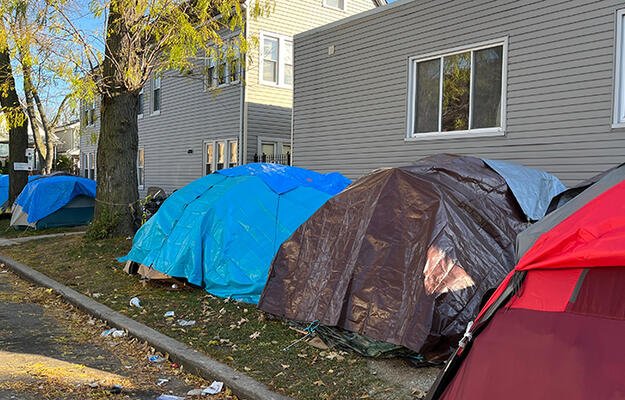
The Power of Combining Food and Housing Assistance
- Title:
- The Power of Combining Food and Housing Assistance
- Author:
-
Megan Sandel, Diana Cutts, Alan Meyers, Stephanie Ettinger de Cuba, Sharon Coleman, Maureen M. Black Ph.D, Patrick H. Casey, Mariana Chilton, John T. Cook, Amanda Shortell, Timothy Heeren, Deborah Frank
- Source:
- Publication Date:
-
2014
Could streamlined application processes for nutrition assistance and housing assistance help families' outcomes while also reducing duplicative bureaucracy? A recent study in the Journal of Applied Research on Children finds the answer is yes. Using a sample of more than 36,000 caregivers of children under age three selected at urban medical centers in seven U.S. cities, the researchers asked families about nutrition and housing benefits, crowding, and the number of moves in the previous year. Families receiving both federal nutrition and housing assistance were substantially more likely to be "housing secure" (defined as a lack of residential crowding or frequent moves). The analysis looked at six groupings: (1) families receiving no benefits, (2) families receiving housing assistance only, (3) families receiving nutrition assistance through "WIC" only, (4) families receiving both housing assistance and WIC, (5) families receiving nutrition assistance through both WIC and "SNAP," and (6) families receiving all three benefits. The seven cities in the study were Baltimore, Boston, Little Rock, Los Angeles, Minneapolis, Philadelphia, and Washington, DC.
Major findings:
- For low-income families with very young children, overcrowded housing and/or moving frequently are quite common. In the sample, less than half (49%) were "housing secure."
- Housing subsidies support residential stability and adequate space for low-income, urban families with young children, but they are more potent when combined with food subsidies.
- Housing security was highest (72.6%) among families receiving WIC, SNAP, and housing assistance. Housing security was lowest (42.0%) among families receiving only WIC.
- A dual application for housing assistance and nutrition assistance could increase families' housing security.


